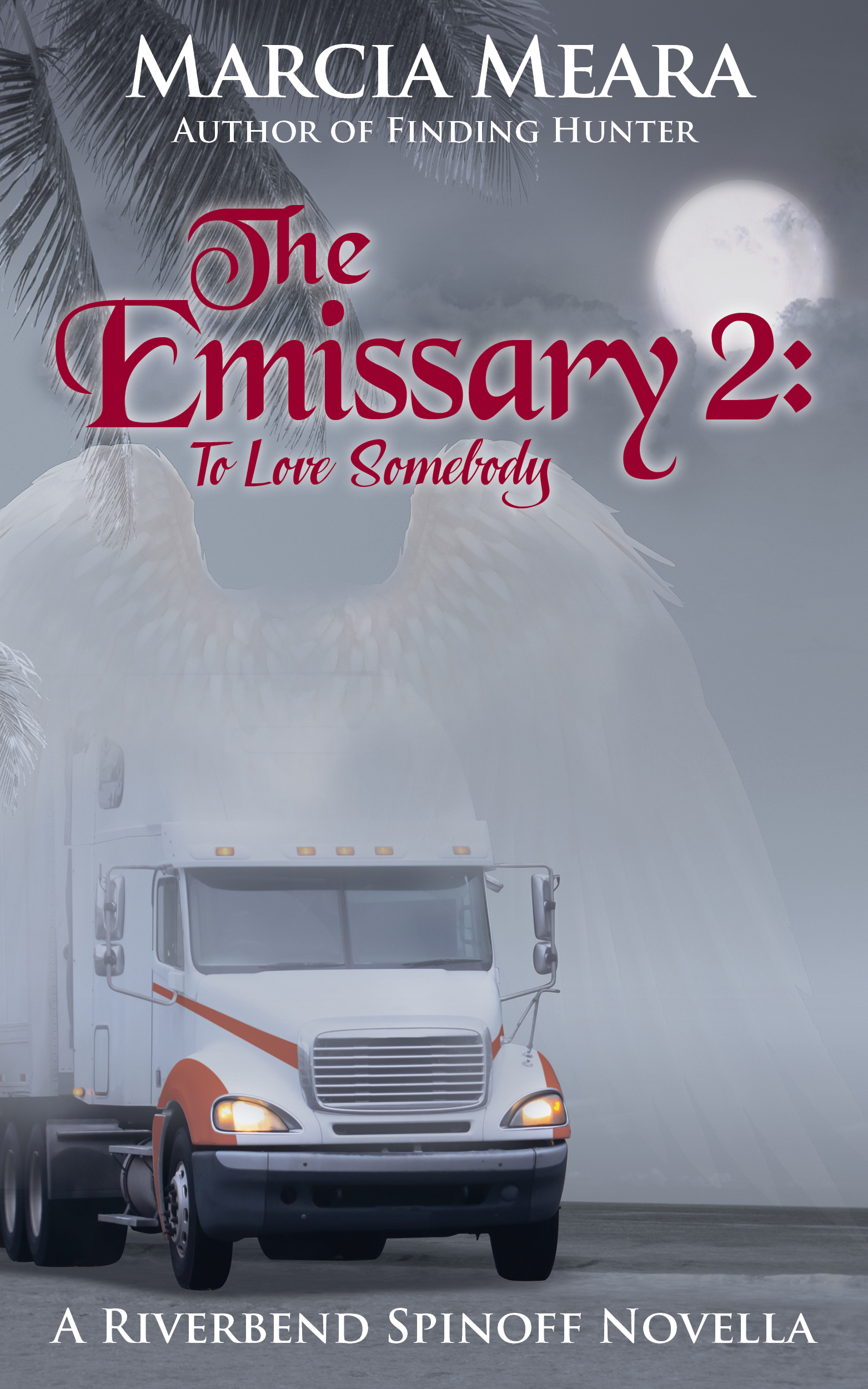Henry Tudor has vanquished Richard III and claimed the throne of England, taking possession of a secret map. At the glittering court of the Medici in Florence, Lorenzo the Magnificent, ruler of the republic and head of the mysterious Academy, is engaged in a dangerous game of power with the Vatican. In Spain, the Catholic Monarchs, Isabella and Ferdinand, have declared a crusade against Islam, forcing the Moors from Granada. Europe stands upon the brink of war, at the edge of a discovery that will change everything.
I'm pleased to welcome author Robyn Young to The Writing Desk:
Tell us about your latest book
My latest novel is Court of Wolves, which came out in August. Opening in 1485, after the Battle of Bosworth and the crowning of Henry Tudor, it’s the second in the New World Rising series, following on from Sons of the Blood.
My protagonist is Jack Wynter, bastard son of Sir Thomas Vaughan – a real figure from history, who was executed on a charge of treason by Richard III. Outlawed by Tudor, left with nothing to his name and no hope now of the life he’d dreamed of living, Jack follows a lead to Florence, hoping to unravel the legacy of secrets his father has left him. Here, he finds himself swept into a dangerous conspiracy in the court of the Medici family, under the republic’s powerful, enigmatic ruler, Lorenzo the Magnificent.
Meanwhile, Jack’s hated half-brother, Harry Vaughan, has been sent to Seville by his new master, Henry Tudor. A precious map, entrusted to Jack by their father and stolen by Harry, shows an unknown coastline out in the Atlantic. England’s new king is keen to explore the possibilities of this, but fears the interest of the Spanish monarchs, Isabella and Ferdinand, who are considering plans to seek a trade route west, with a sailor named Columbus.
While Jack plots a course through the deadly, serpentine politics of Renaissance Florence, Harry fights to stay on track with his secret mission in Spain, where the king and queen are at war with the Moors in Granada. Neither brother knows that their paths are destined to collide.
What is your preferred writing routine?
It’s changed over the years, and always depends on what stage of a book I’m at (research or plotting, early chapters or racing to deadline), but I’ve always found morning my preferred, and most productive, time for writing. I might read for half an hour in bed first thing; wake my brain up. Then I’ll go to my computer and do a solid three to four hours. After that I’ll go for a bike ride or a walk, then have lunch.
Afternoons tend to hold a bit of a slump for me, although I find my new standing desk helpful at keeping my energy levels up. I’ll often do admin or catch up on emails at this point, then head back to writing for a few hours into the evening. Two or three months out from deadline, my pace picks up and I work long hours most days.
I find night writing exceptionally productive – if I’m up pre-dawn I can get a good few thousand words done by breakfast. But it’s terrible for sleep patterns and social life!
What advice do you have for aspiring writers?
Always a tough question. What worked for me might not work for others. But I guess my key bit of advice would be: edit, edit, edit!
I truly thought the first draft of my first novel would get published and was quite frankly astonished when I got the pile of rejection slips through my door.
It would be one more (also unpublished) novel, a foundation course in writing, a Masters in creative writing, a critically-constructive writing group, a good idea, twelve rewrites of that good idea, two years working with an agent, and two more rounds of publisher rejections before I had a novel – Brethren – published.
The main thing I learned in that time was just how crucial editing is as part of the writing, and publishing, process. Chances are, the draft you think is ready, still has a way to go.
Give yourself a break from it if you can (even a week can be beneficial), read some other novels, clear your head, then revisit it. Often, you’ll see where it needs more work once you’ve stepped back a little.
Good writing courses or groups can be an excellent way of honing your editing skills – but you have to be in a group that understands and engages with the critical process. Groups where you’re either constantly criticized or constantly praised can be incredibly stagnating for a writer.
What have you found to be the best way to raise awareness of your books?
I was very fortunate in that when I was first published, books had a multitude of platforms from which to reach readers. There were Borders and Ottakars, Waterstones, Woolworths, WHSmiths and a large number of independents, with Amazon only really just starting up. And, if your publisher was pushing you, as mine were, you had a good shot at the supermarket shelves.
There was a lot more space for books across the media – book clubs and book shows, interviews and reviews. You might even have had posters on tube and train stations, bus stops and high streets.
In those days, you could shift tens, even hundreds of thousands of books in a short space of time. My second published novel, Crusade, sold 16,000 in one week in paperback and went to number 2 in the Sunday Times.
Now, with so few bookshops, and the selling models so different, so little space in the media, and publishers far more reserved about which books to promote, even well-established authors fight to sell in the hundreds.
While I think newer authors are less fortunate in the sense that they would really struggle now to have such a huge boost at the start of their careers, I think they’re probably in stronger positions than we veterans to understand and learn for themselves what works to raise awareness of their books.
It’s one area I’m only now just getting to grips with, having been handed all that promotion and publicity on a plate through most of my career.
Tell us something unexpected you discovered during your research
Oh goodness, there’s always so much. Perhaps the most intriguing thing I came across during research for the New World Rising series, was the inscription on the tomb of Pope Innocent VIII, which credits him as being the pope under whom a ‘new world’ was discovered. But Innocent died in July 1492, a week before Columbus supposedly set sail on his first voyage…
What was the hardest scene you remember writing?
The hardest scene I’ve written was in my fifth novel, Renegade, part of my trilogy on the Scottish Wars of Independence. It was the execution of William Wallace in London. After scrubbing my brain of the Braveheart version, I delved into the scene with some gut-wrenching research, then set about writing it from the point of view of my protagonist in the novel, Robert Bruce, in the crowd, watching an ally, and indeed his own hope for his country, being eviscerated.
I didn’t want to dwell too much on the horror, but I did want to show just how barbaric it was, so the detail is pretty gruesome and left me feeling pretty sickened at having to write it.
What are you planning to write next?
Well, I still have the third book in the New World Rising series to go, but before that I’ve been given a fantastic opportunity to write something completely different, which has been on my mind for some time. It’s a contemporary crime thriller, with my first female protagonist, so a real departure for me, but I’m very much looking forward to it. I’ll be releasing more details in the coming months!
Robyn Young
# # #
About the Author

Robyn’s first novel,
Brethren, went straight into the Sunday Times top ten, where it remained for five weeks, becoming the bestselling hardback debut of 2006. It entered the New York Times top twenty on publication in the US and was named book of the year by German newspaper Bild. Her second novel,
Crusade, reached number two in the charts and a third bestseller, Requiem, completed the trilogy. In 2007 she was named one of Waterstones’ twenty-five “authors of the future” judged by a panel of industry insiders who were asked to nominate the authors they believed would contribute the greatest body of work over the next quarter century. In 2010, the Brethren Trilogy was followed by the highly acclaimed, bestselling Insurrection Trilogy (
Insurrection,
Renegade &
Kingdom), telling the story of Robert Bruce and his struggle against King Edward of England during the Scottish Wars of Independence. Her latest series, New World Rising, follows Jack Wynter, from the bloody turmoil of the Wars of the Roses through the chaos and splendour of Renaissance Europe. Jack’s story begins in Sons of the Blood and continues in Court of Wolves. Alongside writing novels, Robyn has collaborated on a WWII screenplay. Her books have been published in 22 countries in 19 languages and together have sold almost 2 million copies. She has a Masters in Creative Writing from the University of Sussex and lives and writes in Brighton. Find out more at Robyn's website
www.robynyoung.com and find her on Twitter
@RobynYoung36




























